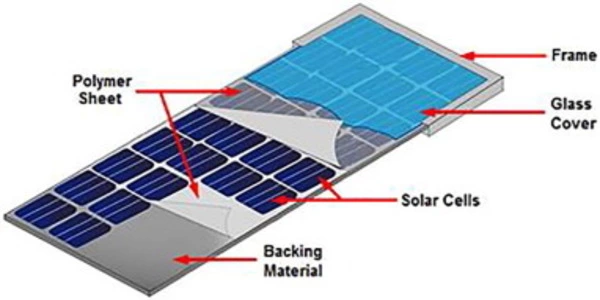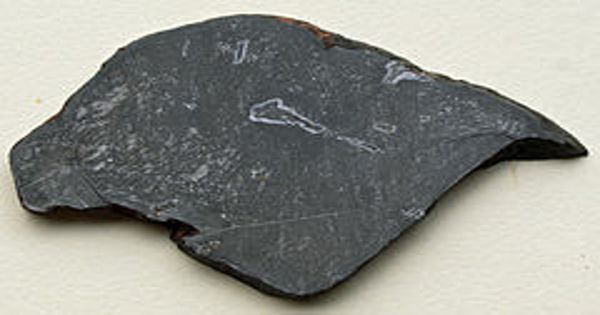Self-assembling nanoparticles for harvesting solar energy is an exciting area of research that has the potential to revolutionize the field of renewable energy. The idea is to create nanoparticles that can absorb and convert sunlight into energy, and then self-assemble into larger structures that can be used to power devices.
One of the challenges of developing self-assembling nanoparticles is to ensure that they are stable and can maintain their structure over time. This requires careful design of the particles, including their size, shape, and surface chemistry. Scientists have been working on developing new materials and techniques to create stable, self-assembling nanoparticles for solar energy harvesting.
A solar harvester with improved energy conversion capabilities is designed by researchers. The device uses a quasiperiodic nanoscale pattern, which means that the majority of it is an alternating and consistent pattern, while the remainder contains random defects that have no effect on its performance. Self-assembling nanoparticles are used in the fabrication process, which form an organized material structure based on their interactions with nearby particles without any external instructions. The device’s thermal energy can be converted to electricity using thermoelectric materials.
Solar-thermal technology is an environmentally friendly energy harvesting method that has the potential to help solve the fossil fuel energy crisis.
Solar energy is transferred as an electromagnetic wave over a wide frequency range. A good solar-thermal harvester should absorb the wave and heat up, converting solar energy into thermal energy.
Ying Li
The technology converts sunlight into thermal energy, but it is difficult to keep energy dissipation low while maintaining high absorption. Existing solar energy harvesters that rely on micro- or nanoengineering lack scalability and flexibility, necessitating the development of a novel strategy for high-performance solar light capture while simplifying fabrication and lowering costs.
Researchers from Harbin University, Zhejiang University, Changchun Institute of Optics, and the National University of Singapore designed a solar harvester with enhanced energy conversion capabilities in APL Photonics, published by AIP Publishing.
The device employs a quasiperiodic nanoscale pattern – meaning most of it is an alternating and consistent pattern, while the remaining portion contains random defects (unlike a nanofabricated structure) that do not affect its performance. In fact, loosening the strict requirements on the periodicity of the structure significantly increases the device’s scalability.

The fabrication process makes use of self-assembling nanoparticles, which form an organized material structure based on their interactions with nearby particles without any external instructions. Thermal energy harvested by the device can be transformed to electricity using thermoelectric materials.
“Solar energy is transferred as an electromagnetic wave over a wide frequency range,” said Zhejiang University author Ying Li. “A good solar-thermal harvester should absorb the wave and heat up, converting solar energy into thermal energy. The process necessitates a high absorbance (100% is ideal), and a solar harvester should also suppress thermal radiation in order to preserve thermal energy, which necessitates a low thermal emissivity (zero means no radiation).”
A harvester is typically a system with a periodic nanophotonic structure that achieves these goals. However, due to the rigidity of the pattern and high fabrication costs, the flexibility and scalability of these modules may be limited.
“Unlike previous strategies, our quasiperiodic nanophotonic structure is self-assembled by iron oxide (Fe3O4) nanoparticles rather than time-consuming and expensive nanofabrication,” Li explained.
Their quasiperiodic nanophotonic structure achieves high absorbance (greater than 94%), low thermal emissivity (less than 0.2), and a rapid and significant temperature rise under natural solar illumination (greater than 80 degrees Celsius).
Based on the absorber, the team created a flexible planar solar thermoelectric harvester with a sustaining voltage of more than 20 millivolts per square centimeter. They anticipate that each square meter of solar irradiation will power 20 light-emitting diodes. This strategy can serve low-power density applications for more flexible and scalable solar energy harvesting engineering.
“We hope that our quasiperiodic nanophotonic structure will inspire other researchers,” Li said. “This highly adaptable structure and our fundamental research can be used to investigate the upper limit of solar energy harvesting, such as flexible scalable solar thermoelectric generators that can serve as an assistant solar harvesting component to increase the total efficiency of photovoltaic architectures.”
















